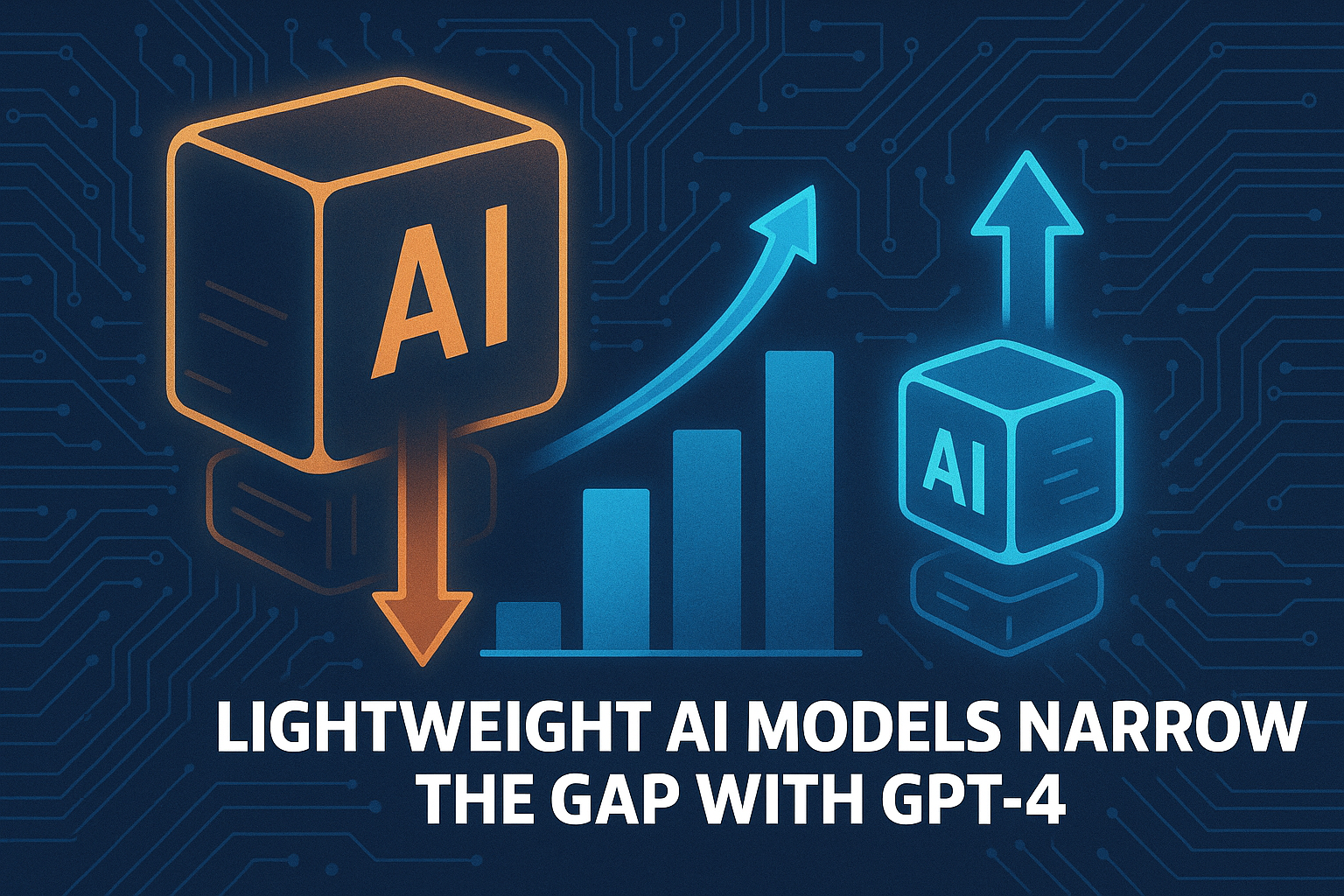Several lightweight AI models have delivered performance within striking distance of GPT-4 in recent benchmark tests, raising fresh questions about the necessity of scale in frontier model design. Published on 14 May by research group AI Insight, the study assessed eight leading language models across standard tasks including summarisation, code generation and question answering. Two open-source models scored within 2% of GPT-4’s average performance, while consuming just 30% of the compute.
The results mark a potentially significant shift in the economics of model deployment. The most efficient architectures employed sparse attention mechanisms and adaptive computation layers — design features that allow compute resources to be allocated dynamically based on task complexity. These optimisations translated to a 45% reduction in average inference costs across cloud GPU instances, according to the report.
While the research focused on lab-based performance, the findings could have real-world implications for startups and enterprises alike. Leaner models offer a path to reduce infrastructure costs and improve the viability of deploying generative AI at scale, particularly for companies operating outside the largest cloud ecosystems.
Recent moves by OpenAI, Meta and Google all suggest industry interest is already shifting toward performance-per-watt, rather than absolute size. Gemini Nano, LLaMA 3 and GPT-4 Turbo each adopt design strategies that prioritise efficiency and edge-device compatibility — a trend accelerated by growing interest in on-device AI for mobile and enterprise hardware.
However, researchers caution that benchmark parity is not the same as production readiness. Model robustness, domain-specific fine-tuning and safeguards against harmful outputs remain significant barriers to adoption. “These results are promising,” said Dr Leila Nasr, CTO at Smythe AI, “but real-world applications demand more than a benchmark score — they require reliability under pressure.”
With hardware costs rising and regulatory scrutiny increasing, efficiency is likely to become a competitive differentiator in the next wave of AI development. The report’s authors predict that advances in automated architecture search and mixed-precision training could bring high-performance models to smartphones and local devices by mid-2026 — potentially expanding access to generative AI in sectors ranging from healthcare to education.



